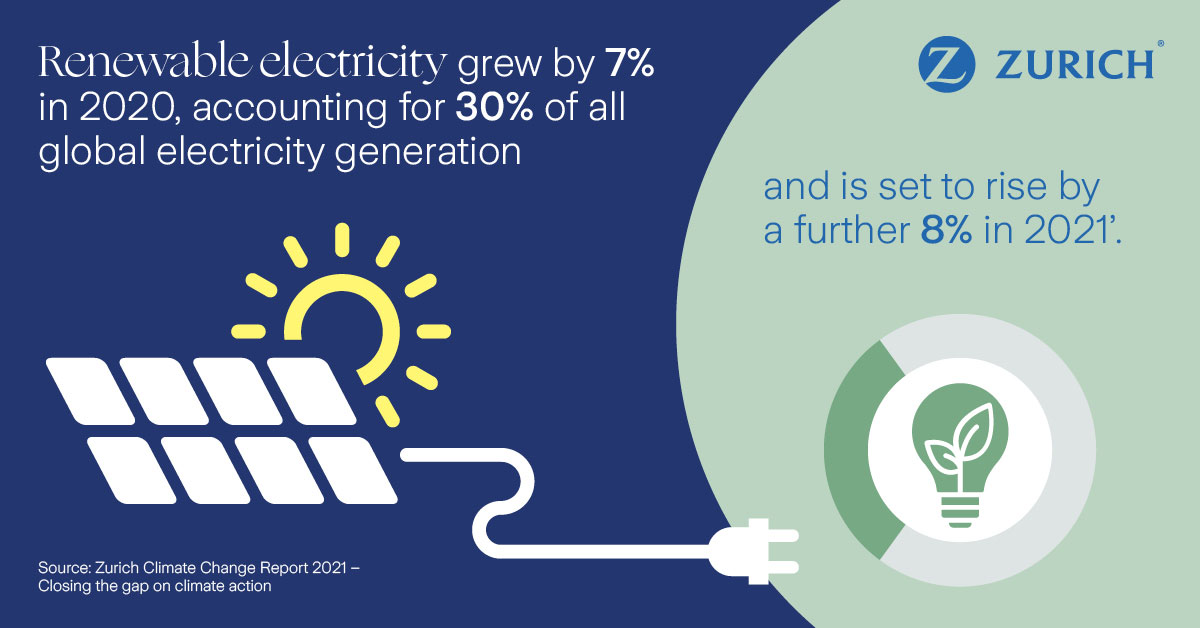Closing the gap on climate action
Climate resilienceReportSeptember 7, 2021
2021 has been a year of bold climate commitments from governments and business. These words are warmly received, but they are not yet cooling the planet. The time for action is now.
From President Biden’s Leaders Summit to the G7 Summit, and a plethora of corporate announcements, everyone is talking tough on climate. And that’s before we get to COP 26 in Glasgow in November 2021.
The problem is that CO2 emissions are back on the rise following a brief pandemic-driven hiatus in 2020. The IPCC’s latest report in August has reminded us that global warming of 1.5°C and 2°C will be exceeded this century unless deep reductions in CO2 and other greenhouse gas emissions occur in the coming decades.
But there’s still hope. The commitments from the U.S., the EU, China, and many other nations give us greater clarity about the possible long-term pathways to a greener world and opportunities for more constructive action in the short term.
To achieve the goals of the Paris Agreement to limit temperature increase to well below 2°C – and ideally to 1.5°C – will be complicated and difficult. We will have to break the relationship between carbon emissions and economic activity. This will mean undergoing an unprecedented transformation of the global economy and, most importantly, the global energy system. And all this will require an enormous level of investment into new technologies and infrastructure.

So how do we achieve this? Zurich’s new report, Closing the gap on climate action, explores the actions that both business leaders and policymakers should be taking to help achieve a net-zero economy.
- Chapter 1 covers the latest edition of Zurich’s Climate Change Scorecard, which tracks progress towards a 2°C scenario across 12 climate metrics. It highlights where, sometimes surprisingly, positive developments have been made and where challenges remain.
- Chapter 2 explores how companies can adopt mitigation measures to help curb carbon emissions and develop net-zero business models. It draws on market insights, Zurich’s own experiences, and highlights where insurers, as well as risk managers and investors, can help companies and societies manage the transition risks associated with decarbonization.
- Chapter 3 focuses on resilience and the unavoidable physical risks associated with ongoing climate change. It advises on how businesses could include adaptation measures into their strategies to help tackle these risks and leverage them as opportunities.
- Chapter 4 addresses the debate on climate policy. It offers recommendations on where government action in the short term could have the biggest impact in supporting a smooth transition to net-zero.

These are high stakes for businesses, investors, and nations. There are risks, but we’re also being offered a historic investment and business opportunity.
The time for action is now.
Further information




